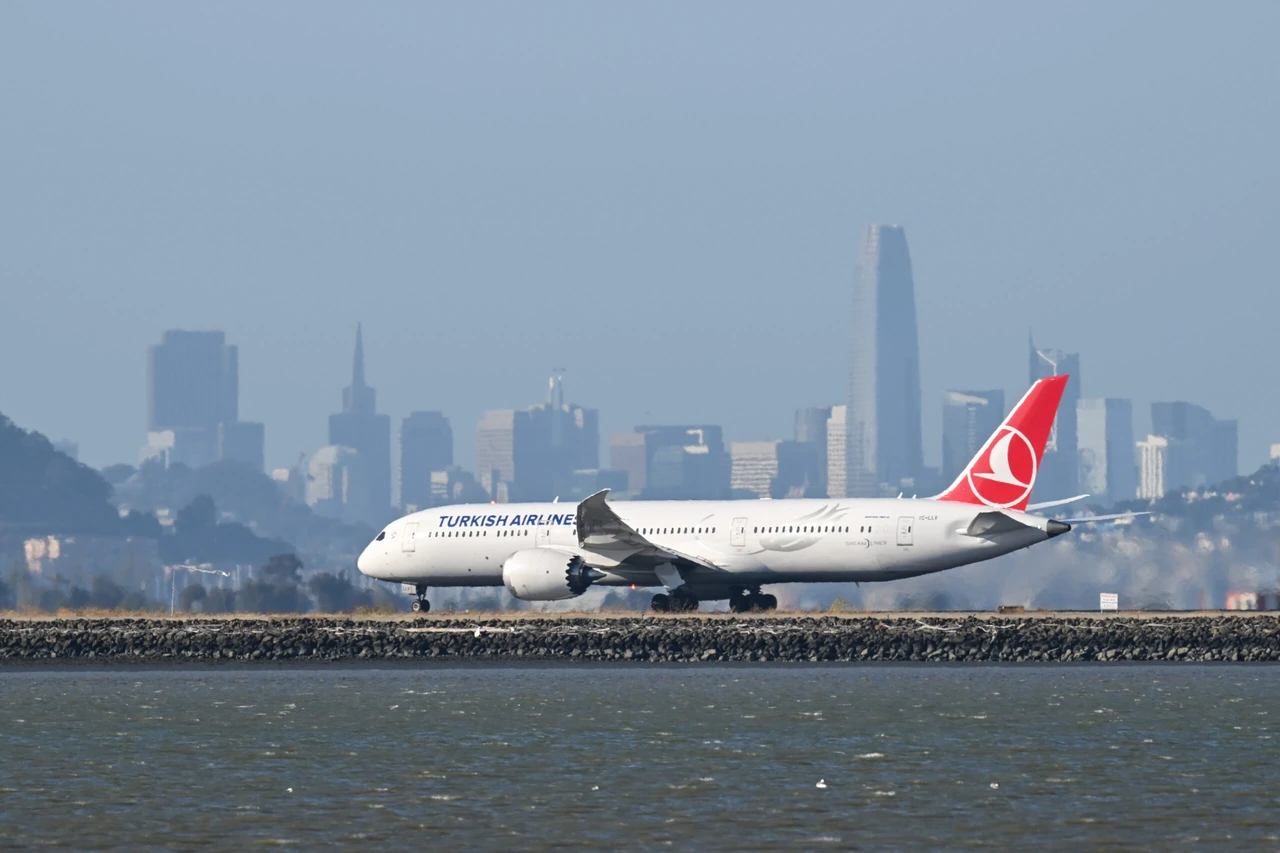All you need to know about Kadikoy’s Bull Statue in Istanbul
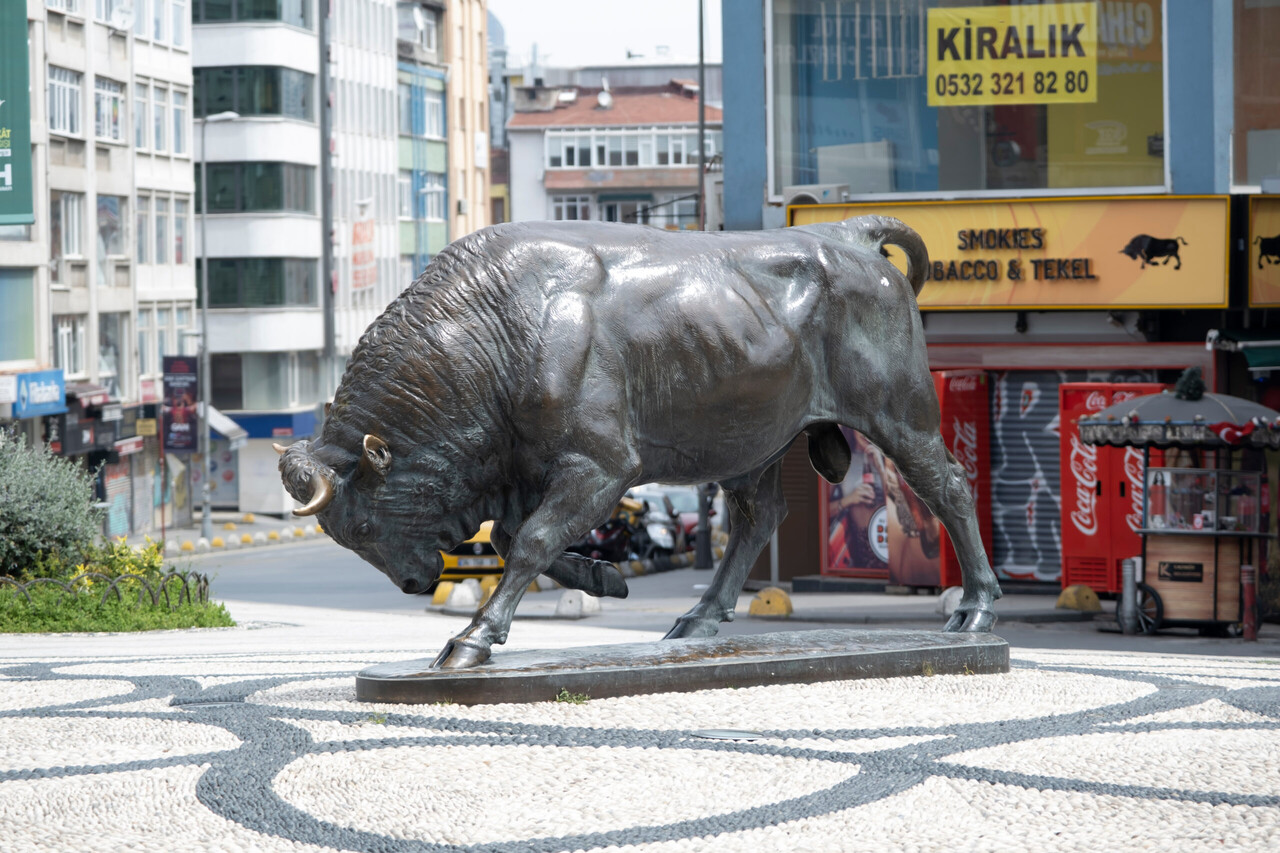 The symbol of Kadikoy, the bull statue, Istanbul, Türkiye, April 23, 2021. (Adobe Stock Photo)
The symbol of Kadikoy, the bull statue, Istanbul, Türkiye, April 23, 2021. (Adobe Stock Photo)
In the heart of Istanbul‘s vibrant Kadikoy district, the Bull Statue garners attention at the bustling Altiyol intersection. Its journey to this iconic spot is anything but ordinary.
From its creation in 1864 by French sculptor Isidore Bonheur to its current status as a beloved meeting point, the Bull Statue has traveled through war zones, palatial gardens, and city squares.
Each relocation tells a story of political intrigue, cultural exchange and historical significance.
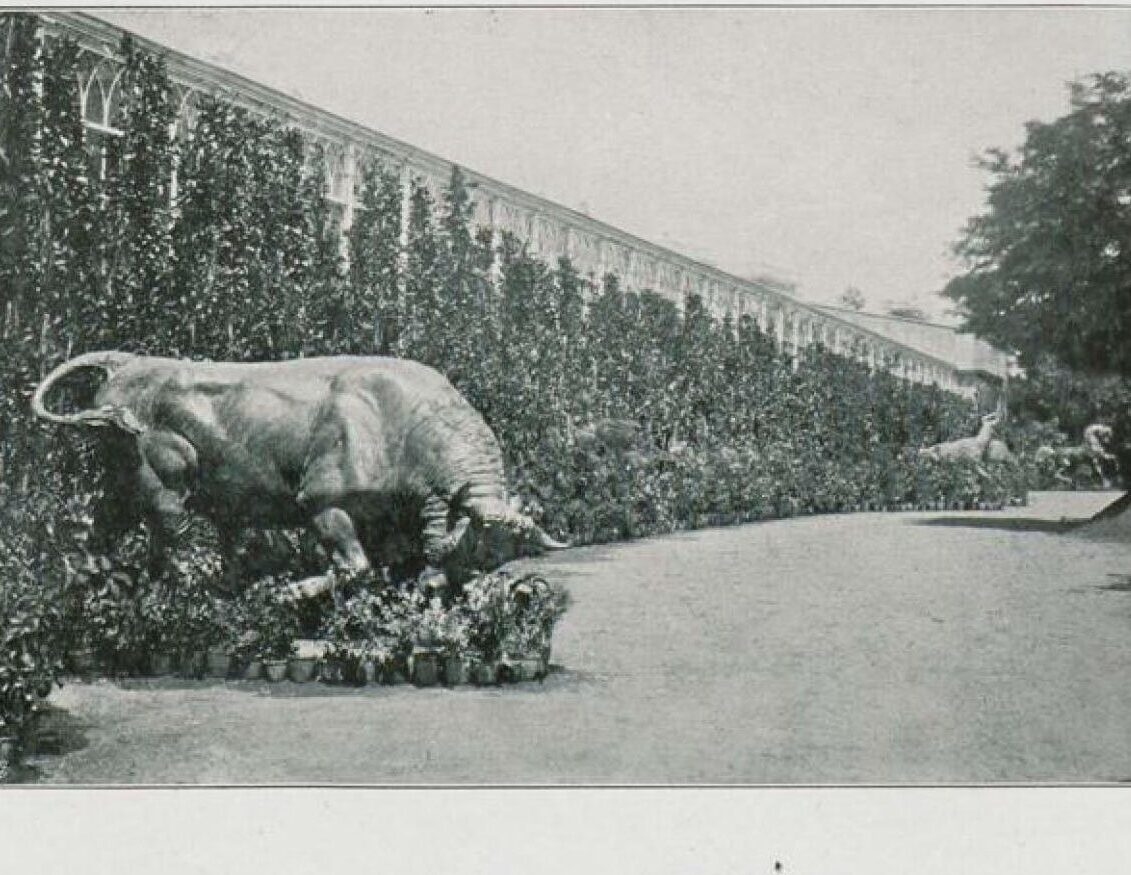
Kadikoy’s Bull Statue: Monument born from Alsace-Lorraine conflict
The Kadikoy Bull Statue, originally named “Dovusen Boga” (Fighting Bull), emerged from the turbulent history of Alsace-Lorraine.
As the region was rich in coal reserves, it became a battleground between France and Germany during the Industrial Revolution.
In the 1860s, the French, celebrating a victory over the Germans, commissioned Bonheur to create the statue as a symbol of their strength and dominance. Bonheur’s masterpiece stood proudly in Alsace-Lorraine, marking the French triumph.
However, this victory was short-lived. In 1870, German General Bismarck reclaimed the region during the Franco-Prussian War, capturing the statue as a trophy of their own.

Bull Statue’s trip from Germany to Ottoman Empire
The Bull Statue’s journey continued during World War I. With Germany and the Ottoman Empire as allies, German Emperor Wilhelm II gifted the statue to Ottoman General Enver Pasa in 1917.
The statue first adorned the gardens of the Yildiz Palace, symbolizing the strong ties between the two empires. However, Pasa’s departure from the country after the war left the statue abandoned.
Rediscovered years later, the statue moved to various prominent locations in Istanbul. By 1955, it had found a temporary home in the courtyard of the Istanbul Hilton Hotel, reflecting the city’s modern aspirations and its connection to international visitors.
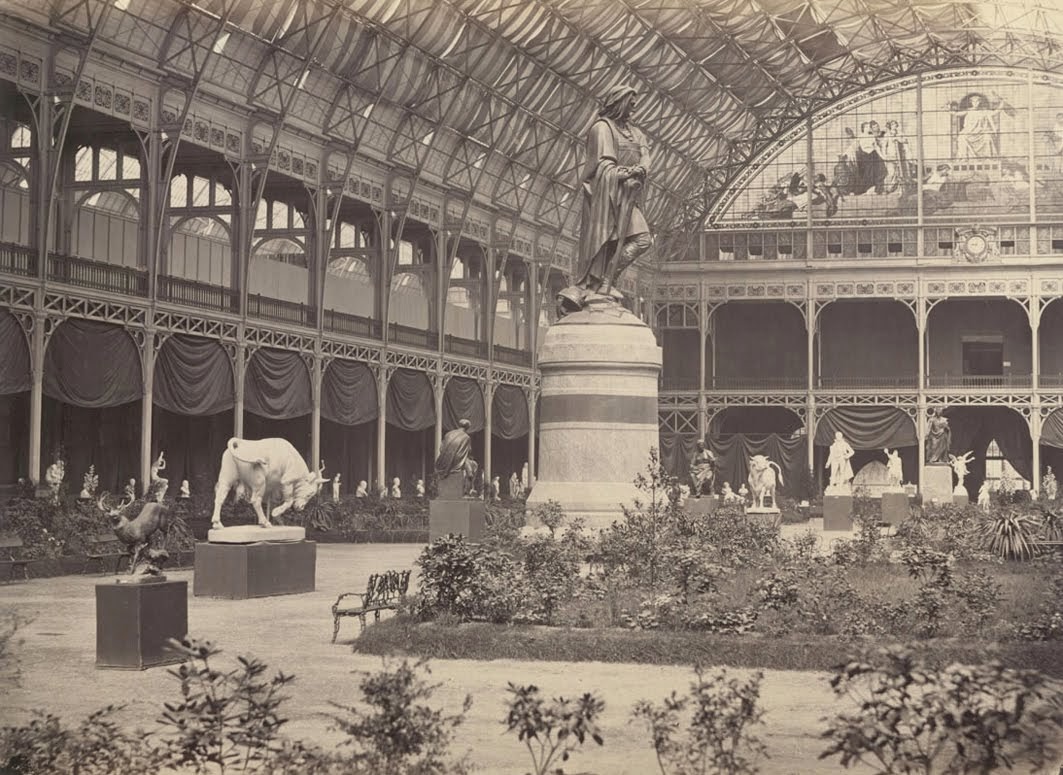
Was Bull Statue a gift to Sultan Abdulaziz?
Another origin story ties the Bull Statue to Sultan Abdulaziz of the Ottoman Empire. In 1867, Emperor Napoleon III invited Abdulaziz to a grand exposition in Paris.
Impressed by the artistic displays, Abdulaziz commissioned 24 animal statues, including the Bull, from artist Pierre Louis Rouillard for the gardens of Beylerbeyi and Ciragan Palaces.
Abdulaziz’s passion for animal sculptures and hunting is well-documented, and this commission reflected his interests and the grandeur of the Ottoman court.
These statues, crafted by artists led by Pierre Louis Rouillard, included both bronze and marble pieces, demonstrating the intricate craftsmanship of the period.
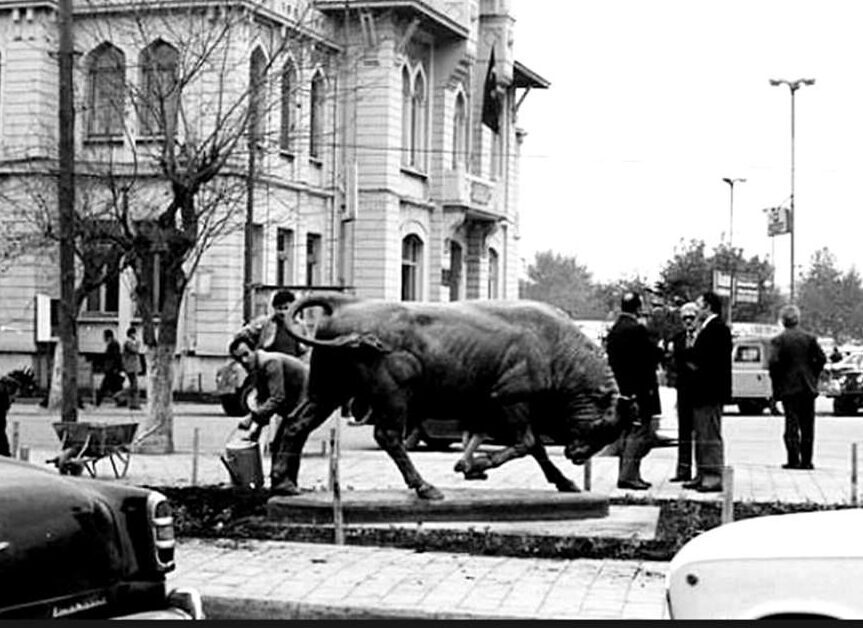
Kadikoy’s Bull Statue’s tumultuous journey in Istanbul
After its time in Yildiz Palace and Beylerbeyi Palace, the Bull Statue moved to the Bilezikci Farm, Pasa’s private estate.
Following World War I, its whereabouts became uncertain until the 1940s, when it reappeared at the Lutfi Kirdar Congress and Exhibition Center. The statue briefly stood at the entrance of the Hilton Hotel in the 1950s before returning to the Lutfi Kirdar Center.
In the 1970s, the statue made its first intercontinental journey to the Asian side of Istanbul. It was placed in front of the Kadikoy Municipality Building, now known as the Kadikoy History, Literature and Art Library, where it remained for nearly two decades.
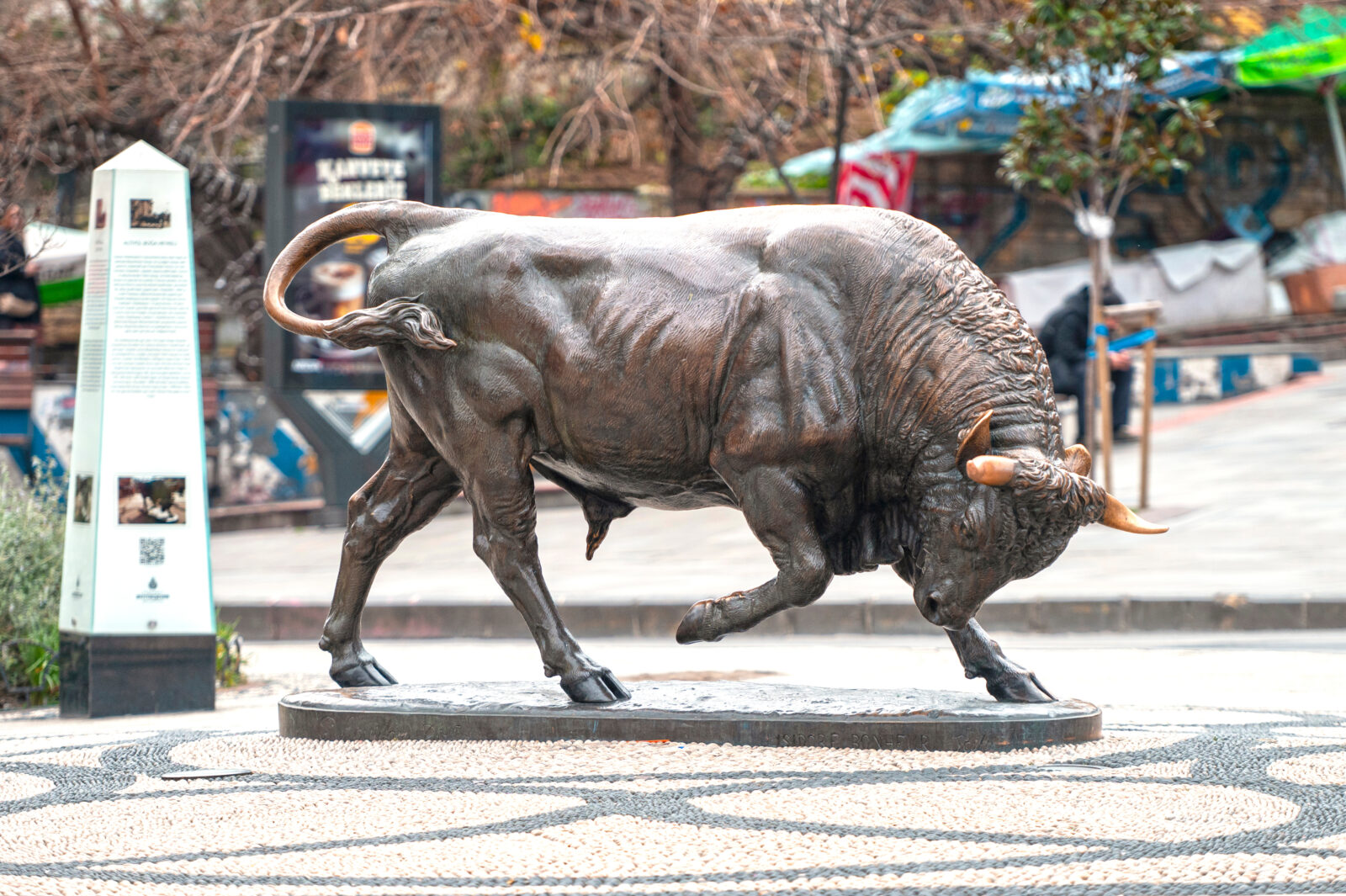
Bull Statue’s final resting place became Altiyol intersection
The statue’s odyssey culminated in 1987 when it moved to its current location at the Altiyol intersection in Kadikoy.
This busy intersection, where six roads converge, transformed the statue into a central landmark and popular meeting point. The bull’s imposing presence has made it a cultural and social symbol for the people of Istanbul.
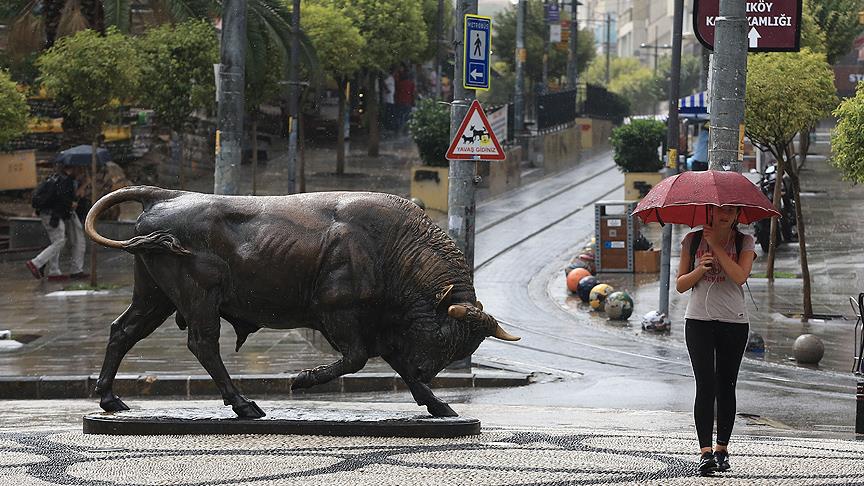
Legends, cultural significance of Kadikoy’s Bull Statue
The Kadikoy Bull Statue is more than a piece of public art; it holds deep cultural significance and is steeped in local lore. Its journey across continents and cities mirrors the historical shifts that have shaped the region.
Over the years, the statue has become an iconic backdrop for various social and political activities. It has witnessed protests, celebrations, and countless personal encounters, embedding itself in the collective memory of Istanbul’s residents.
In 2012, Galatasaray supporters painted the statue yellow and red before a match against Fenerbahce, only for the paint to be removed the next day.
Today, the Bull Statue stands as a symbol of Istanbul’s vibrant history and cultural dynamism. It serves as a rendezvous point for friends, a landmark for directions, and a favorite spot for photos.
The area around the statue, bustling with life and activity, includes notable attractions such as Moda Park, Hagia Triada Greek Orthodox Church and various street art venues.


